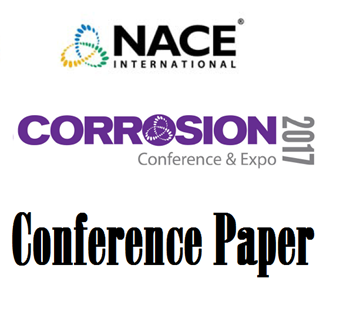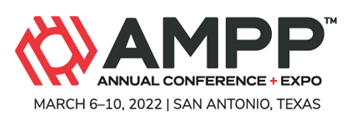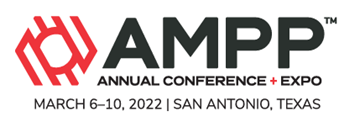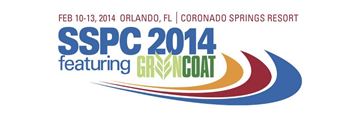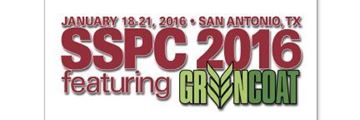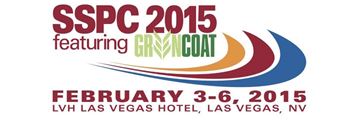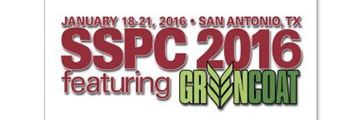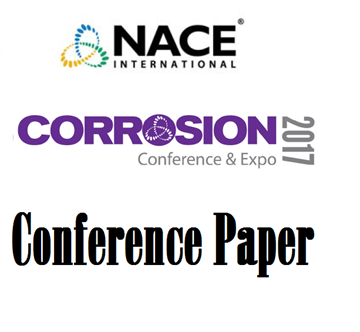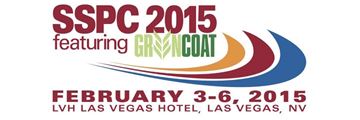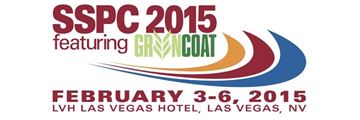Search
Coatings and Linings
View as
Sort by
Display
per page
Ultra Tolerant Coating Technology: The 15 Years Path From Maintenance to New Construction
Product Number:
51317--9235-SG
ISBN:
9235 2017 CP
Publication Date:
2017
$20.00
Understanding Atmospheric Corrosion Damage On An Aircraft Representative Galvanic Specimen: A Two-Pronged Approach That Combines Modeling With Experimental Measurement
Product Number:
51322-17638-SG
Publication Date:
2022
$20.00
Understanding Effect Of Scribe Method On Variability In Accelerated Corrosion Test Results
Product Number:
51322-17897-SG
Publication Date:
2022
$20.00
Understanding Materials Testing as it Relates to Product Evaluation and Selection in the Polymeric Flooring and Coatings Industry
Product Number:
41214-856-SG
Publication Date:
2014
$20.00
Understanding the Effects of NaCl Concentration on Zinc Phosphate Pigment Morphology and Composition by Advection Through Phenoxy Thermoplastic Free Films
Product Number:
41216-946-SG
Publication Date:
2016
$20.00
Understanding the Effects of NaCl Concentration on Zinc Phosphate Pigment Morphology and Composition by Advection Through Phenoxy Thermoplastic Free Films
Product Number:
41215-879-SG
Publication Date:
2015
$20.00
Unique Application of an Epoxy Repair Gel to Eliminate Draft Tube Surface Wear and Cavitation, potentially Improving Turbine Power Generation Efficiency
Product Number:
41216-976-SG
Publication Date:
2016
$20.00
Update to SSPC-PA 9 Paint Application Specification
Product Number:
41216-945-SG
Publication Date:
2016
$20.00
Use of Corrosion Rate Probes to Evaluate Pipeline Cathodic Protection Performance
Product Number:
51317--9180-SG
ISBN:
9180 2017 CP
Publication Date:
2017
$20.00
Use of Pre-Construction Primers in Marine Construction
Product Number:
41215-876-SG
Publication Date:
2015
$20.00
Using Forensic Science to Determine Causes of Failures of Polymeric Coatings
Product Number:
41215-875-SG
Publication Date:
2015
$20.00
Using Lead Abatement Contractors for Surface Preparation on Commercial Properties - The Consequences of Sacrificing Quality for Safety
Product Number:
51216-012-SG
Publication Date:
2016
$20.00

